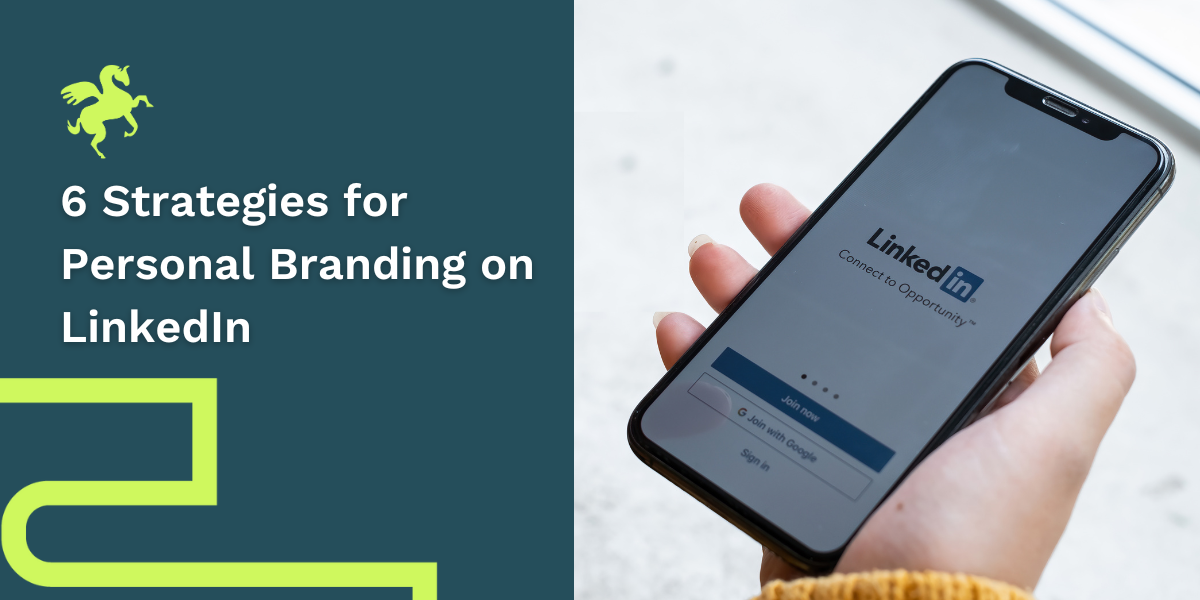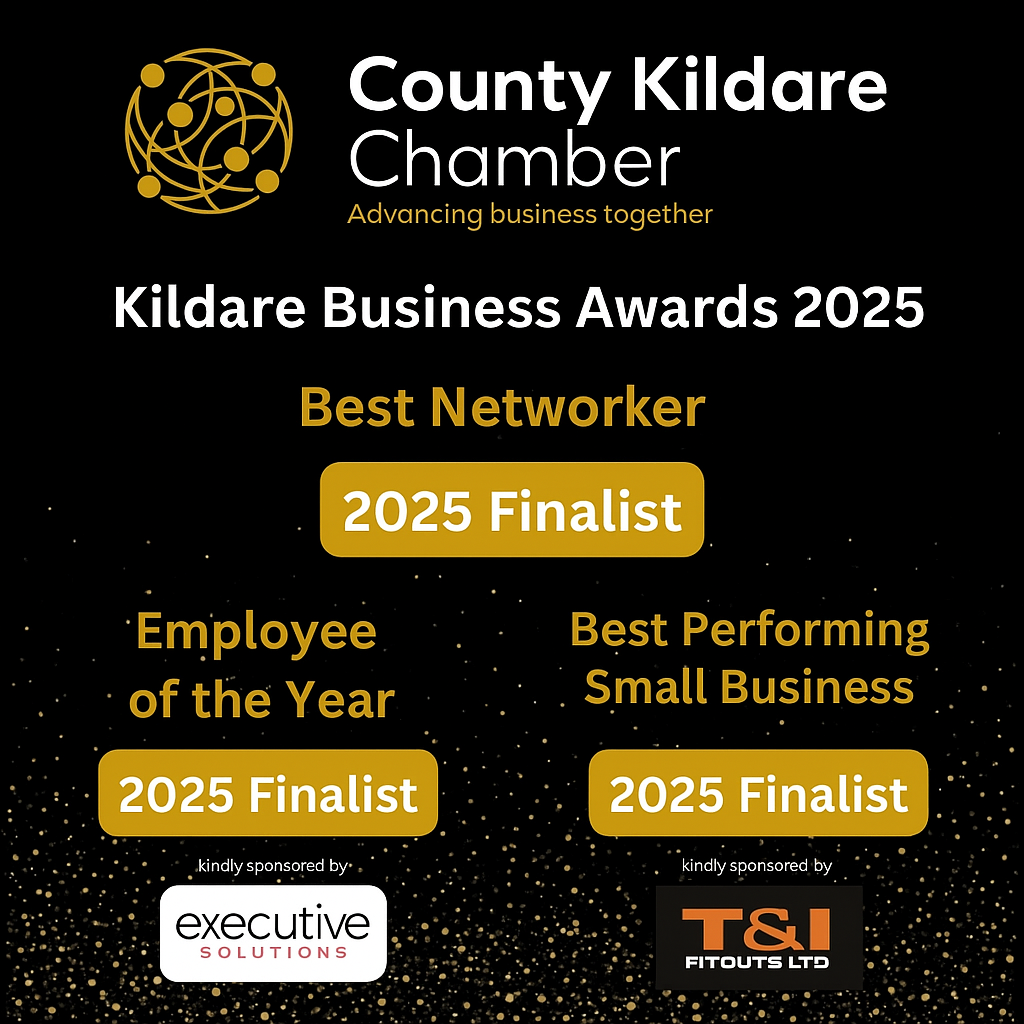
6 Strategies for Personal Branding on LinkedIn
In the competitive landscape of job hunting, personal branding has become a game-changer. It’s not just for celebrities and influencers; it’s a vital tool for professionals looking to stand out in the job market. And when it comes to personal branding in the professional realm, LinkedIn is your best ally. In this thought leadership blog, we will delve into what personal branding is, why it’s crucial for job seekers, and six powerful ways LinkedIn can assist you in crafting a compelling personal brand.
Part I: Understanding Personal Branding
Defining Personal Branding
Personal branding is the deliberate process of shaping and managing the way you present yourself to the world. It’s about creating a consistent, authentic image that reflects your values, expertise, and unique qualities. Think of it as your professional identity that sets you apart in the job market.
Why Personal Branding Matters for Job Seekers
- Distinguishing Yourself: In a sea of job applicants, a strong personal brand helps you stand out. Employers want to know who you are beyond your resume.
- Showcasing Expertise: A well-crafted personal brand communicates your knowledge and skills effectively, making it easier for potential employers to see what you bring to the table.
- Networking and Opportunities: Personal branding amplifies your network and attracts opportunities. Employers are more likely to reach out to candidates with a strong online presence.
- Confidence and Clarity: Knowing your personal brand gives you confidence and clarity in interviews, as you can confidently discuss your values, strengths, and experiences.
Part II: Leveraging LinkedIn for Personal Branding
LinkedIn, the world’s largest professional network, offers numerous tools and features that can significantly enhance your personal brand.
Optimize Your Profile for Impact
- Professional Photo: Start with a high-quality, professional photo. It’s often the first thing people notice on your profile.
- Compelling Headline: Craft a clear and engaging headline that highlights your expertise and industry focus.
- Keyword-Rich Summary: Write a summary that includes keywords relevant to your industry. This helps you appear in more searches.
- Detailed Experience: Add detailed descriptions of your work experience, focusing on accomplishments, not just job duties.
- Recommendations: Request recommendations from colleagues, managers, or mentors. These add credibility to your profile.
Content Creation and Sharing
- Thought Leadership: Share articles, insights, and thoughts about your industry. Position yourself as a thought leader by contributing valuable content.
- Engage with Others: Comment on and share posts from your network. Engaging with others’ content showcases your interest in the industry.
- Create and Share Multimedia: Videos, infographics, and slideshows can make your profile more engaging and demonstrate your expertise.
Building a Strong Network
- Quality Connections: Focus on building meaningful connections with professionals in your industry, not just amassing numbers.
- Join and Participate in Groups: Find and engage in LinkedIn groups related to your field. This expands your network and shows your interest in industry topics.
- Message Thoughtfully: When connecting with someone, personalize your message. Explain why you’re connecting and how you can potentially collaborate.
Showcasing Achievements
- Projects and Publications: Utilize the “Projects” and “Publications” sections to showcase your work and any articles or books you’ve contributed to.
- Certifications and Courses: Add certifications and courses to demonstrate your commitment to professional development.
Consistent Branding
- Brand Voice: Develop a consistent tone and voice for your content. Whether it’s informative, professional, or casual, your brand voice should be consistent across your LinkedIn activities.
- Profile Consistency: Ensure your LinkedIn profile mirrors your resume. Consistency in work history and accomplishments is essential.
Networking and Outreach
- Connect with Recruiters: Connect with recruiters from companies you’re interested in. This can put you on their radar when relevant opportunities arise.
- Direct Messaging: Use LinkedIn’s messaging feature to initiate conversations with professionals you’d like to connect with, whether for informational interviews or networking.
- InMail: If you have a Premium LinkedIn account, you can use InMail to reach out to professionals outside your network.
Part III: Measuring the Impact
A key advantage of LinkedIn is the ability to track the impact of your personal branding efforts. Monitor the following metrics to evaluate the success of your brand-building:
- Profile Views: An increase in profile views indicates that more people are interested in your professional identity.
- Engagement: Analyze the number of likes, comments, and shares on your posts and articles. Higher engagement shows your content is resonating.
- Connection Requests: A rise in connection requests from relevant professionals signifies that your personal brand is attracting a more targeted network.
- Inbound Messages: A higher number of messages from recruiters or peers indicates that your brand is gaining visibility and credibility.
- Job Offers and Opportunities: Ultimately, the success of your personal brand on LinkedIn can be gauged by the number of job offers and career opportunities that come your way.
Personal branding on LinkedIn isn’t just about showcasing your resume; it’s about sharing your professional story, insights, and expertise with the world. When job seekers leverage LinkedIn effectively, they can create a personal brand that sets them apart in the job market, attracts opportunities, and strengthens their professional network. By consistently optimizing your LinkedIn profile, engaging with relevant content, and connecting with professionals, you’ll be well on your way to making a lasting impression and advancing your career in today’s digital job landscape.












